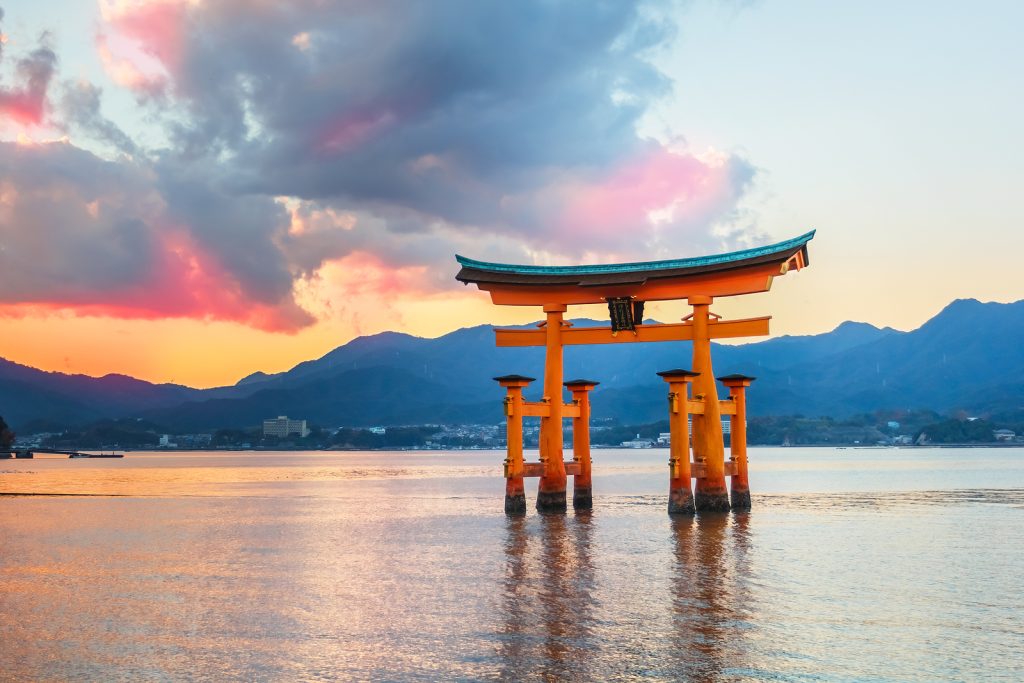
We collectively as a society place the majority, if not all, of our time and energy into technology. We can’t help but consume the latest gadgets and apps and TV shows, the newest hashtag, fad, and visual instruction. But in the process, we have lost our care for the natural world.
The Hegelian view that conceives religion as a progression away from nature worship towards monotheism and secularism as a society develops, is the broadly accepted Western philosophical view. However, ‘The Question Concerning Technology’ by Heidegger sees nature as a resource and evaluates it in terms of human utility. Although Heidegger’s analysis brings nature back into the importance of our system, it is only the recent environmental issues that has triggered the discussion on nature being a major part of the sustainable development of society, and not just something to be utilised.
As a global digital community, we need to reassert our attention into the green world around us. While we can accept the ever-developing need and want for technology, it is also time we bring nature into the equation too (after all, we rely on natural resources to develop the new technologies – you can’t have one without the other).
However, consider that mental health is often influenced by our surroundings, and when consuming technology alone, our capacity to stay mindful and healthy decreases. Science can prove that nature has many mental health benefits – research has found that the psychological well-being of a population can be associated with its proximity to green space, blue space (aquatic and marine environments), and street trees or private gardens in both urban and rural settings. With this in mind, here is a little bit of history on Shinto, and reasons why and how Shinto philosophy can help us to reconnect with our natural environment.
Shintoism is a practice of religious rites based on the Japanese polytheistic idea of ‘kami’ (deity) with the goal of bringing happiness and prosperity. Shinto translates directly into “Way of Kami” (Gods) and is in many ways the arch of Japanese culture. Shinto is the oldest religion in Japan but holds no founder, prophets, or text outlining principle beliefs, which contributes to the longevity of the faith, as it allows for flexibility. Shinto began during the period of Yayoi culture c.300 BCE – 300 CE., where natural phenomena were attributed to divinity. The most important Kami in Shinto are the sun goddess Amaterasu, and the wind god Susanoo, with rivers and mountains being especially important including the well-known tourist attraction; mount Fuji (or ‘Fuchi’, the god of the volcano).
Shinto explains that nature has a power beyond our understanding, which gives us an alternative way of respecting our relationship with it. The Shinto Kami, too, are not separate from the natural world, space or time, but the Kami are instead, PART of nature (thus Shinto is a way of seeing nature), acknowledging the spiritual power of natural entities. Shinto also acknowledges the destructive aspect of nature; deeming it necessary to keep the balance and control over its growth on earth. To take on the Shinto view, means we can generate new ways in treating human interference in nature, and sustainability in city development, making it incredibly relevant to the contemporary global situation.
If we respect nature, nature will respect us. We have already taken much of our earths’ resources, and replaced natural ground with concrete and polluted air – even our childhoods have been taken over by small screens that allow us to explore a virtual reality. But by doing so, we have taken away our current sight for the present world and the treasures that come with it.
To be Shinto means to be respectful and happy; to prosper in earths natural indulgences, and to give back to the Kami. It is hight time we began replanting lost forests and flowers and feeding the world with new pollen. Create the balance, so between modernity and ancient philosophy, and you’ll create a balance in modern development and a pure and healthy mindset.
